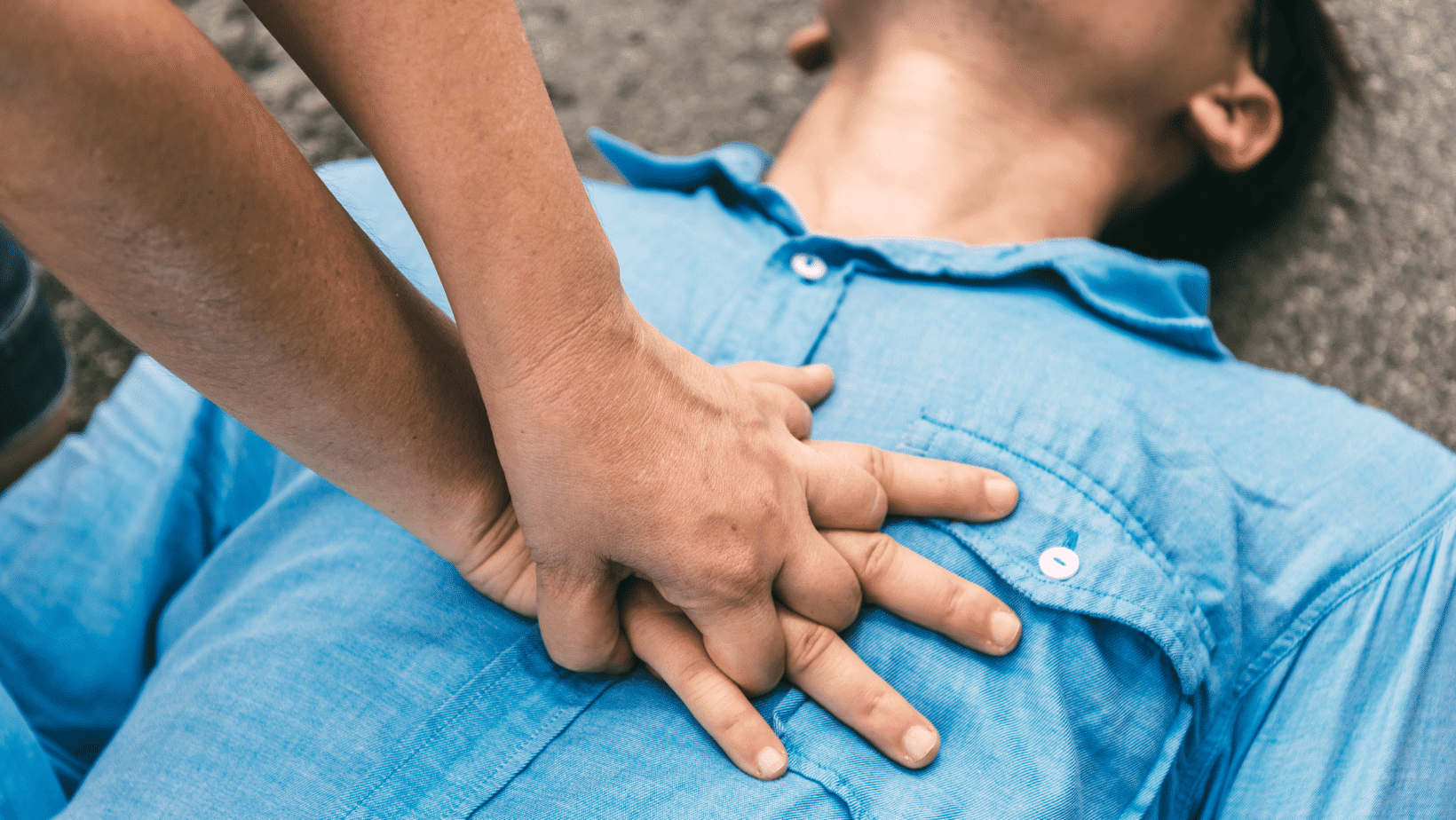Cardiopulmonary resuscitation (CPR) is a life-saving technique that can help a person in the event of cardiac arrest. It involves chest compressions that are performed until medical professionals arrive or the person’s normal heart function is restored. However, despite being an essential skill, there are many myths and misconceptions surrounding CPR that have circulated over time. These myths make people hesitant to perform CPR when someone has a cardiac arrest, leading to potential fatalities. This blog post aims to debunk seven of the most common CPR myths and explain the truth behind them.
Myth 1: Mouth-to-mouth resuscitation is always required
Fact: The latest guidelines from the American Heart Association (AHA) suggest that compression-only CPR is the preferred method, and mouth-to-mouth resuscitation is only necessary in certain situations. In cases where the rescuer is well trained and comfortable with performing mouth-to-mouth and if the patient is not vomiting or bleeding from the mouth, mouth-to-mouth resuscitation can be performed while still continuing chest compressions.
Myth 2: A person in cardiac arrest will have no pulse
Fact: The AHA guidelines no longer recommend checking for a pulse before beginning CPR. Instead, it is essential to start chest compressions immediately when cardiac arrest is suspected.
Myth 3: You might cause harm by performing CPR
Fact: In many cases, not performing CPR is more harmful. When the heart stops beating, the brain quickly loses oxygen, and without immediate intervention, permanent brain damage can occur within just a few minutes.
Myth 4: CPR should be done until the patient has been revived or medical help arrives
Fact: CPR can be a physically demanding task, and it is essential to continue until medical help arrives or the patient starts breathing normally again. It is important to keep in mind that CPR is not always successful, and a decision to stop should only be made by medical professionals.
Myth 5: Electric shock is the first-line defense for cardiac arrest
Fact: Although electric shock, or defibrillation, is helpful in cardiac arrest situations, it is not always the first line of defense. High-quality chest compressions are the first step in CPR and should be started as soon as possible. Defibrillation should only be used if the person is in ventricular fibrillation or pulseless ventricular tachycardia.
Myth 6: CPR can restart the heart
Fact: CPR can help circulate blood and oxygen, which may help jump-start the heart, but it cannot restart a heart instantly. After successful CPR, defibrillation, medications, and other advanced treatments may be needed to restart the heart.
Myth 7: Only medical professionals can perform CPR effectively
Fact: The AHA believes that anyone can learn CPR, and it can be performed by anyone during an emergency. Basic CPR classes are widely available, and learning CPR can increase the chances of survival for someone experiencing cardiac arrest.
These are just some of the most common myths about CPR. It is important to have accurate knowledge and to understand the truth behind them. Misconceptions about CPR may arise due to a lack of education and fear of making a mistake. By debunking and educating people about these myths, we can help save more lives. With CPR being a crucial procedure, it is vital that both medical professionals and laypeople learn how to perform it correctly in the case of sudden cardiac arrest. Remember, the most important thing is to start CPR immediately, without hesitation, by calling for emergency services and initiating chest compressions.





